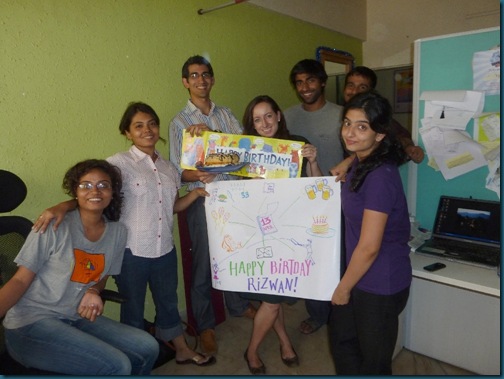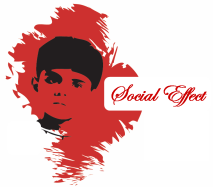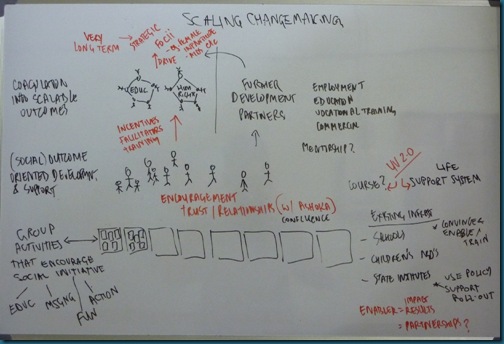The one constant of these few months however is that people recognise how lucky I am. But they think I’m lucky to be travelling and seeing new places, when in fact what I’m really lucky for is to be journeying through a life of stunning people. People with drive and dedication and smiles and positivity. New friends that treat me like they’ve known me for ages. I even got a home-made cake and a hand drawn birthday poster today.Will treasure always :)
Birthday Celebrations at Ashoka

It’s also not just people but their ideas and ability to turn those ideas into reality that continues to inspire me. I’ve been in India for only a month, and I’ve already been involved with about 10 organisations and projects, all working hard to make their local realities a better place for other people.
- Ashoka’s Youth Venture – working on extending and developing their program that inspires and supports young people to turn their ideas into action. The ambition is to create a regional culture that makes and supports change
- Aseema – looking at Public Private Partnerships to improve the 1200 BMC schools in Bombay, and modelling the mechanisms of scale needed to achieve this
- Arpan – planning how to design full-cycle programs that eradicate severe child abuse in communities
- Dreamcatchers – planning future development and organisational restructure to design holistic programmes that work with both emotional needs and economic development in post-disaster zones.
- Sankalp Rehabilitation Trust – working on how to leverage the web for raising awareness and funds for rehabilitating street drug users and supporting HIV patients
- LEARN – designing sustainable social enterprises to enable lasting economic improvement for women in Dharavi
- SSP – looking at mission congruence, collaborative services and operational efficiencies across it’s MFI, Retail, Health and Training services to improve quality of life for low income women in Maharashtra and Gujarat





